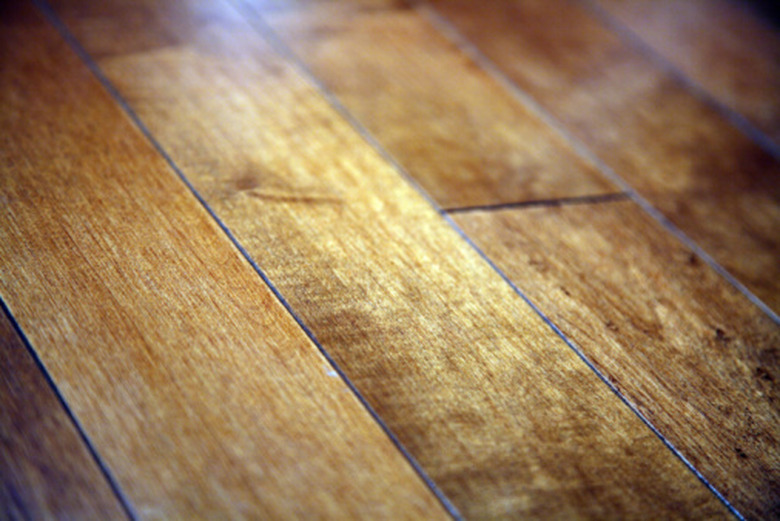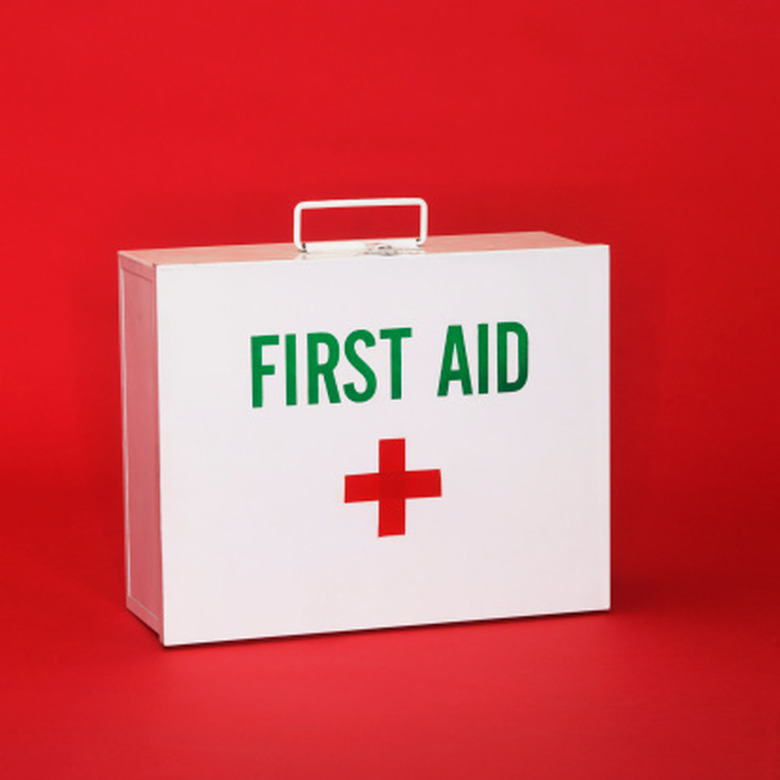Hazards Of Lacquer
Lacquer has been in use by humans for many centuries. The first lacquers were produced in China from the resin of the commonly named varnish tree. Over the years, lacquers have been improved by using different combinations of organic and nonnorganic chemicals. One thing that has remained consistent among most lacquers, however, is their potential toxicity and hazard to humans.
Volatile Organic Compounds
Volatile Organic Compounds
Volatile organic compounds (VOCs), are common ingredients in many lacquers. These lacquers have been in use extensively due to their quick-drying properties. Most health hazards stemming from VOCs are the result of inhaling the lacquer fumes. These fumes can cause difficulty breathing, kidney failure, nervous system damage and loss of vision. These lacquers generally remain toxic for up to a month after drying.
Skin Irritation
Skin Irritation
Due to the high concentration of VOCs and ethers present, lacquer is a strong skin irritant. If only exposed to a small amount, lacquer may only cause a rash and slight redness of the exposed area of skin. If the exposure is prolonged or covers a larger area of the body, burns can occur that may require treatment from a doctor.
Treatment of Lacquer Poisoning
Treatment of Lacquer Poisoning
If swallowed or any ill effects are experienced from lacquer, the first step in the treatment of lacquer poisoning is to contact the National Poison Control Center. The NPCC will provide you with further instructions for treating lacquer poisoning. Hospital treatments for lacquer exposure include monitoring a patient's vital signs, giving fluids intravenously, oxygen therapy and/or removal of burned skin.
Safer Alternatives
Safer Alternatives
The high toxicity of lacquers and their danger to the environment have prompted manufacturers to develop safer lacquers and sealants. Water-based lacquers are becoming an increasingly popular option due to the far lower amount of VOCs they emit. This kind of lacquer is commonly used to seal wooden furniture. The maximum release of VOCs from architectural sealants is 450 grams per liter in most states. Many water-based lacquers have achieved exposures as low as 50 grams per liter, making them much safer than their solvent-based counterparts.
References
- Green Home Guide; Selecting Healthy and Environmentally Sound Clear Wood Finishes; Alex Pennock; September 4, 2009
- Encyclopedia Britannica; Oriental Lacquer; 2011
- MassCOSH: Protecting Workers and Homeowners from Floor Finishing Hazards
- International Labor Organization: Paint and Lacquer Manufacturing Worker
- Medline Plus: Lacquer Poisoning

